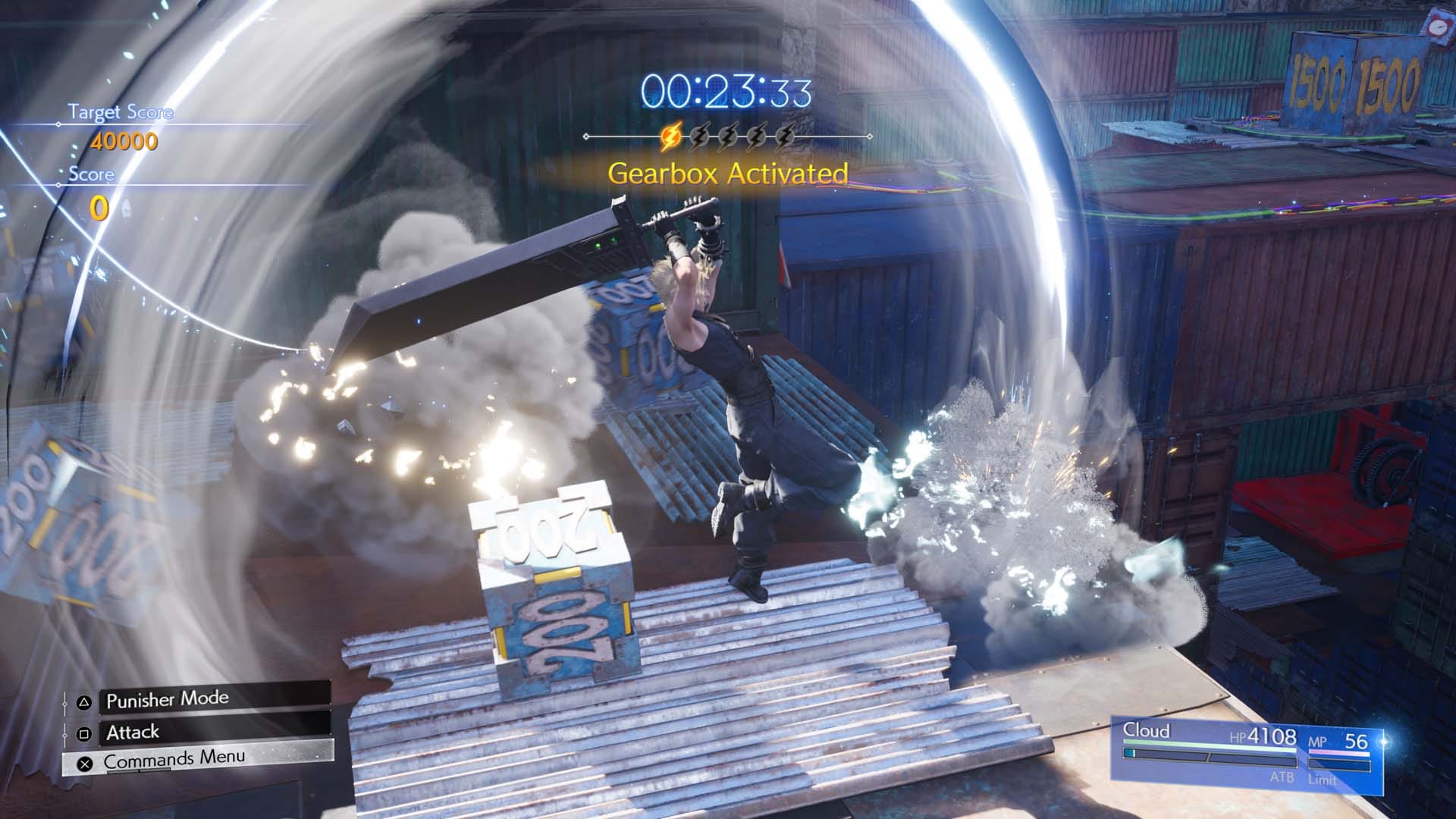My first 40 hours in Final Fantasy VII: Rebirth were blissful, some of the most joyous time I’ve spent in a video game this year. But the next 40 hours were largely a painful grind that I regret.
Worst of all, this was a problem of my own making. Early on, I decided to play Rebirth like a normal person, instead of treating it like podcast conversation fodder. Rather than rushing through the story, I would play Rebirth in short bursts over a long period of time, and luxuriate in this expanded take on one of my all-time favorite video game stories. I would spend as much time in Rebirth as I wanted, partially because it’s a game that asks you to slow down and chill.
I decided to chill for a very, very long time. A little over 80 hours, by the time the credits rolled.
Not much happens in Rebirth, despite it being such a long video game? It takes the same approach as 2020’s Remake, expanding a world gestured at in the original game. But Remake had way more impactful material to work with, while Rebirth deals with a slimmer deck of cards. It’s a game that shifts between suffocatingly narrow and overwhelmingly wide spaces. In the narrow ones, the player shuffles Cloud and friends towards the big narrative beats, before they’re unleashed on these massive slices of world filled with little objectives to complete, one by one.
The “one by one” part is important, too, because Rebirth makes completing objectives feel cool.
This all makes my brain go absolutely zoom. The upgrade lines zipping by on the side, the delightful tune announcing your accomplishment, the “COMPLETED” text streaking across the screen before filling in a line of possible objectives like a Subway punch card. It’s a dopamine rush, and even watching that clip now, I understand why I was so taken by this loop early on.
I like structure in video games. This was true before I had kids, more true after I had kids. In the same way that it brings me joy to keep my inbox as clean and tidy as possible, it brings me joy to spend two hours with a video game and be able to look back and know what I accomplished.
Rebirth is divided into several regions, and in each region, there are three layers of objectives:
- Main Story
- Side Quests
- World Intel
At Rebirth’s best, the three are interlocked across the region, which means you can accomplish different side quests and world intel objectives while pushing the main story along—to a point. There is far less story and far fewer side quests than world intel, objectives that often amount to navigating to a new part of the region and fighting an enemy or completing a quick mini-game. It’s the kind of stuff that you do while a podcast is playing in the background. That’s what I did.
In every respect, Rebirth demands your time. The world looks beautiful. The soundtrack is an all-timer, even judged against the history of a franchise with ludicrous high standards for sound and music design. The battle system is snappy and fun, yet rewards careful consideration if you want to exploit it. The characters are almost universally all well-written, with surprising humor and nuance. These are people I like hanging with. Every time you enter a region in Rebirth, the game is tapping you on the shoulder with this truly massive map and suggesting it’d be a shame if you skipped past all of this. I agree! That’s why I decided to play Rebirth like a normal person!
And yet, you don’t have to engage with any of this. It’s entirely possible to keep pushing forward on the main story, and likely finish Rebirth in a fraction of the time. But Rebirth presents itself as a fun ride with pals, a game where the end of the world is on the horizon, but in the meantime, wanna hang at the beach? For me, the point where Rebirth’s Old Country Buffet-approach of “have as much as you want, bud” turned into a trap, rather than a party, was the one-two punch of the game’s thin Costa del Sol and Golden Saucer sections. Both feature endless mini-games akin to abandoned prototypes Square Enix found on a hard drive. Fun was turning into friction.

Worse, I made the mistake of looking up how much of the game was left, how many more regions had those fun little yellow dots to fill and I began to feel the enthusiasm drain out of me.
Three, it turned out.
This is the feeling I was trying to resist, though. Traditionally, I’d get anxious over spending so many hours with a video game, because spending more time with Rebirth means I’m not spending time with some other game that, say, could be talked about on a podcast or featured on a stream. No, no. I’m going to keep playing Rebirth how I’ve been playing it all along, how I’ve been enjoying it all along, and push that anxiety down. This isn’t content. It’s entertainment.
What I ended up ignoring, however, was a red flag. I was in my own head. I actually had hit my limit with Rebirth’s tedious open world busywork, turns out, and I should have started prioritizing the story. Instead, I turned Rebirth into a death march. Hell, at one point, it felt like the game was mocking me; one of the final world intel quests literally involves the player walking behind some guys shambling forward, until they reach an arbitrary destination several minutes later.
Reader, I wanted to scream.
But was the alternative? 60 hours in, I’d made it this far. What’s a few more yellow dots?
When I wrote about my delight in 100%’ing the Spider-Man games, I said this:
“My brain delights in checking boxes like this, and Spider-Man offers a respectful, efficient way of clearing off its entire map. Which cuts to the heart of the matter, right? I don’t like wasting time. I have two kids, an active social life, and video games are seemingly longer than ever. If a game is going to command my attention beyond its core story, it had better respect my goddamn time.”
The strange thing about Rebirth is that it doesn’t bullshit the player. The monotonous tasks you do at the start of the game to fill out the map are the same monotonous tasks you do at the end of the game to fill out the map. What changes is the dopamine rush, because the high doesn’t last. The lack of variety is the game’s fault, as it fails to find reasons to justify building such huge worlds without enough story to justify it, but I’m the fool who decided to hold the game’s hand.
Those final 40 hours felt like a trap. Every time I entered a new region, instead of bristling with excitement over what might come next, I dreaded the unfulfilled yellow dots. When I made it to the game’s final area, which itself contains an hours-long dungeon but no yellow dots, I cheered.
The thing is, was Final Fantasy always like this? One of my formative memories is chuckling as the original Final Fantasy VII’s clock rolled over to 99 hours, 99 minutes, and 99 seconds on my PlayStation. At that point, the clock stops counting. I spent a dozen more hours in Final Fantasy VII with a CRT television’s volume turned all the way down, fruitlessly trying to defeat secret bosses like Diamond Weapon until the wee hours of the morning, before finally wrapping it up.
By the end of the original, at least, it finished telling a story. No such luck here. Now, it feels like there’s a countdown over my head. Eventually, Square Enix will announce the third game in this proposed trilogy. And eventually, I’ll return to Final Fantasy VII, and the yellow dots will beckon.
Here’s to hoping I find a way to listen to myself next time.
